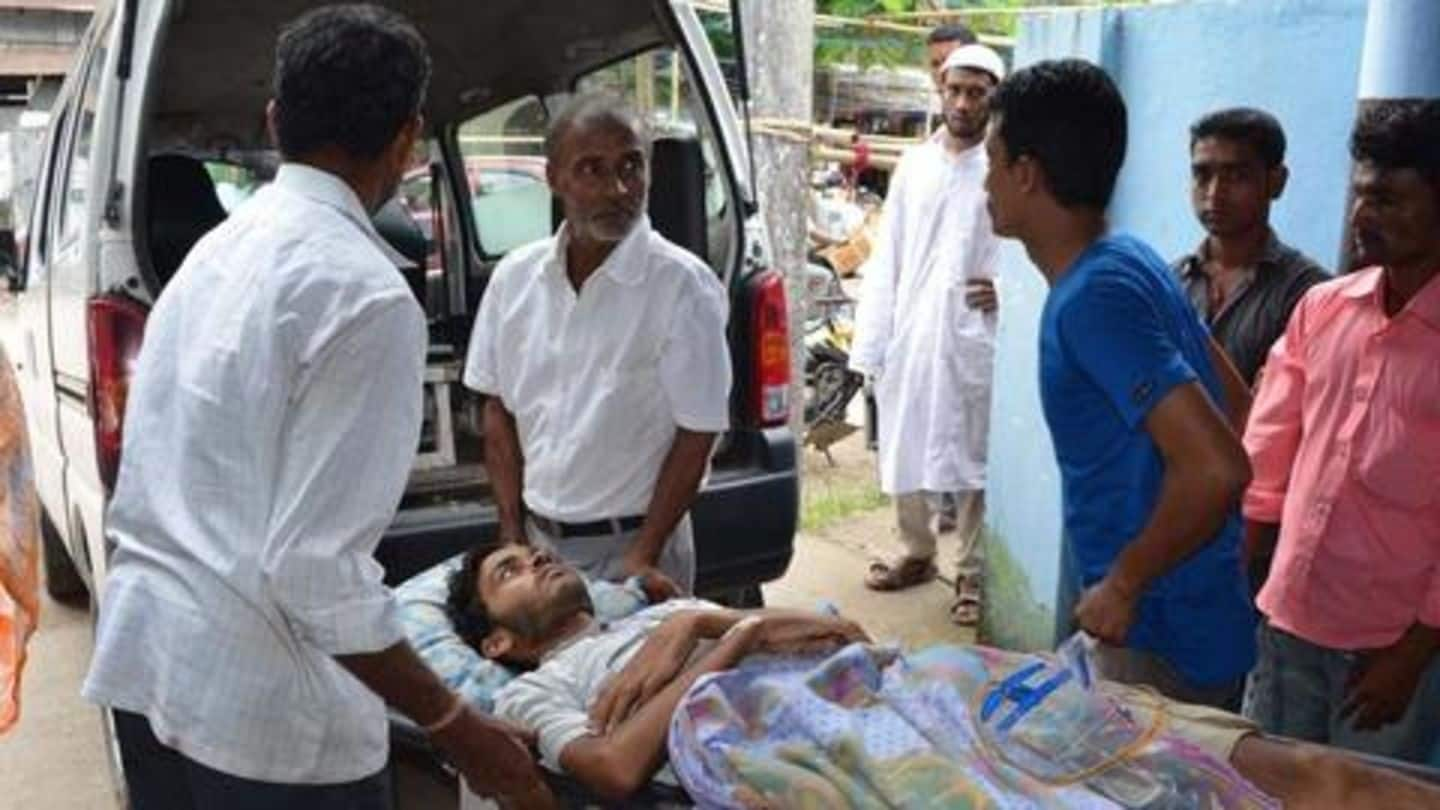
Assam: 21 die due to Japanese Encephalitis, hospitals on toes
What's the story
In Assam, 21 people have died due to Japanese Encephalitis (JE), prompting the Union Health Ministry to dispatch a four-member team to take stock of the situation.
The team reached on Sunday and left a day later, after assuring all possible help to the state government.
As many as 15 districts have been affected and 69 people have tested positive.
Here are more details.
Disease
Understanding what is JE and how is it transferred?
Japanese Encephalitis is caused by Japanese Encephalitis Virus and is spread through mosquitoes. This virus is also the major cause of Acute Encephalitis Syndrome (AES) in India.
The symptoms are mostly mild, like fever and headaches in adults and vomiting in case of kids.
However, JE can turn lethal as sometimes patients experience headache, neck stiffness, disorientation, coma, seizures, spastic paralysis.
Deaths
Fewer cases were reported this time, but more people died
JE is a recurring problem in Assam. Though fewer cases were reported this time (72 people contracted the disease till June last year), the death toll rose up.
Only 13 people had lost their lives until June 2018, as opposed to 21 in 2019.
In Jorhat, six people died within a fortnight due to JE. Out of them, two were children aged four and seven years.
Quote
Government doctor is confident the disease will be curtailed
"Of the 10 patients admitted at JMCH, seven are undergoing treatment in the pediatric ward. The state health department has taken all steps, and I believe there shouldn't be a rise in such cases," said Dr. Saurabh Borkotoki of Jorhat Medical College and Hospital (JMCH).
Preparations
Meanwhile, head of Centre's team said things were "under control"
Separately, Additional Secretary Sanjeev Kumar, who led Centre's team, said the situation was "under control".
"We are chalking out the strategy this month to contain the spread of the disease in these two months when the highest number of cases are registered," Kumar added.
Meanwhile, Samir K Sinha of Assam Health and Family Welfare Department, said beds have been earmarked in ICU to ensure patients get prompt treatment.
Prevention
Here's how you can save yourselves from JE
Since JE is spread through mosquitoes, the first step to prevent this disease would be to control their population by using repellents, nets, coils, and vaporizers.
Moreover, delaying treatment isn't ideal. "When a person suffers from the fever he should immediately visit his nearest health center instead of taking medicines from the pharmacy," said Umesh Phangcho, state program officer, National Vector Borne Disease Control Programme (NVBDCP).